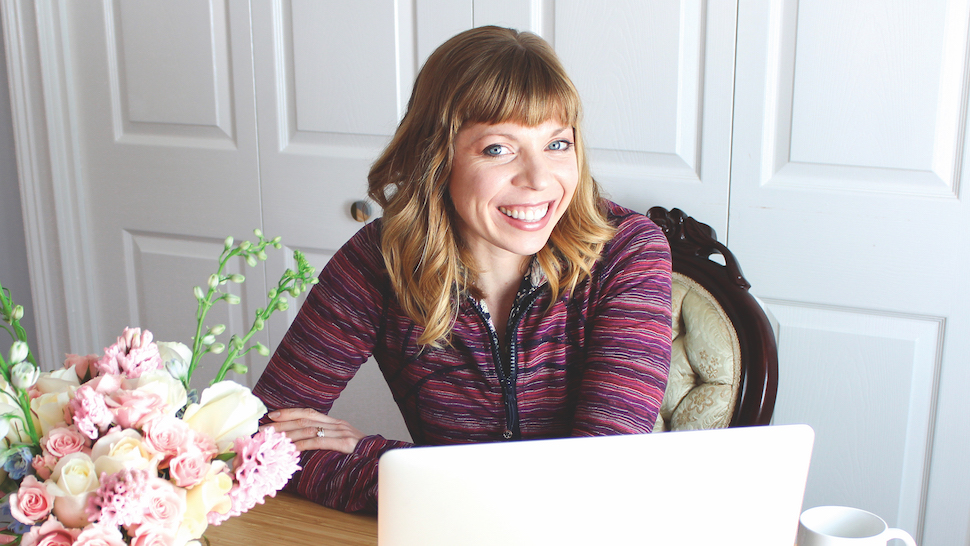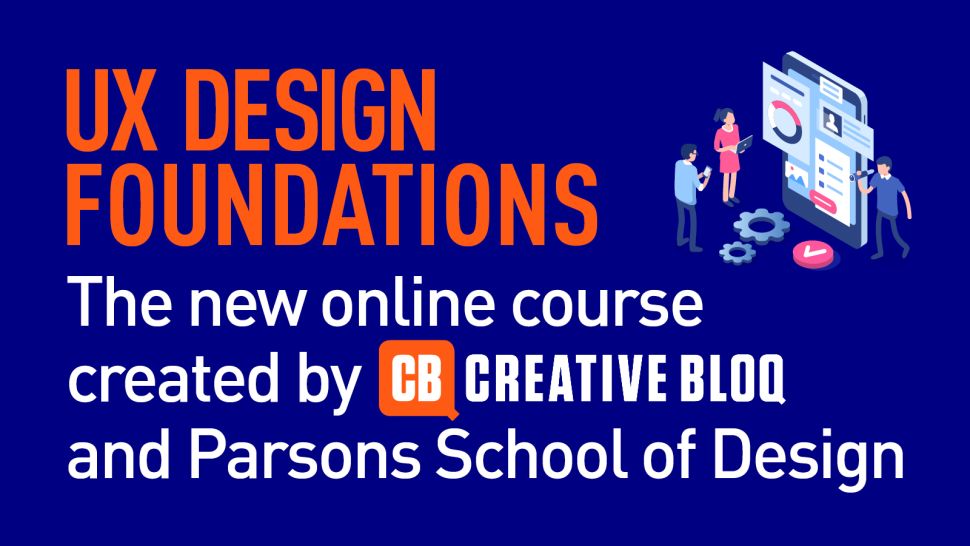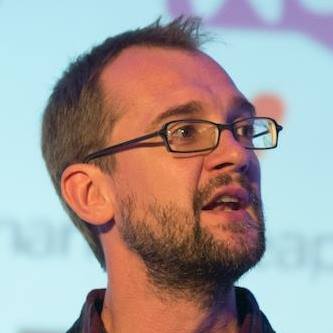How to perfect object-oriented UX
OUUX evangelist Sophia V Prater explains how object-oriented UX can create a more consistent user experience.

Object-oriented UX, or OOUX, can help create a more consistent experience for the user and is worth putting at the centre of the way you think about UX. Recognising that broken objects are one of the biggest user experience fails, Sophia V Prater, founder of Rewired UX, developed the process and methodology while working as a UX designer at CNN. Her method focuses on working out and modelling the user’s world, ensuring the consistency of objects across different touchpoints and reducing the number of elements that can break.
Here Prater talks us through how object-oriented UX works as a repeatable, foolproof process to create elegant, naturally intuitive digital environments, and why she hopes it will become the standard practice. If you work in UX design, you might also want to see our guide to the best user testing software and our selection of the worst UI fails. And if you're creating your own website, make sure you check out our guide to the best website builder and best web hosting services.
What is object-oriented UX?
Object-oriented UX has its basis in the real world and how we navigate through it. “So if I go into the bathroom and then leave through the same door, I’m going to expect to be where I was before,” Prater notes. “But this often doesn’t hold true in the digital world. While breaking the laws of physics can be great – just look at spellcheck and undo – you still need to lean back on the principles of what users will expect from any environment.
"Google Photos is a good example of this: I’m in my photo stream, I select some photos, add them to an album and then go into my album, rearrange photos and save it. Then I click the Back button but it doesn’t take me back to All Photos, where I just was. It takes me to All Albums, which is a page within this user session I haven’t even been on before. And this happens all the time.” (For other storage options, see our pick of top cloud storage.)
This is why object-oriented UX is so important and can create a more consistent experience, Prater says. “The idea is that before I design any screens, before I even wireframe or work on the UI, I’m going to answer the following questions: what are the objects in the user’s world, what are they made of, how do they connect and how do they relate to the user?” she says. “If I get those questions answered and make sure that they’re clearly reflected in the user interface, I have a much better chance of this user interface being intuitive.”
Prater teaches OOUX within companies (such as Macys.com, Mastercard, Delta Airlines, and Intercom) and at conferences all over the world. She developed the process when she was a UX designer at CNN.com working on the responsive election night experience in 2012, which was viewed by over 200 million people.
I realised that reducing the number of moving parts and prioritising all the elements was what I should have been doing all along
Sophia V Prater
Prater realised that the more moving parts it has, the more likely a site will break. Extraneous design elements can easily creep into a product, which not only increases development costs but also makes life harder for users. So Prater thought about how she could simplify the 2012 experience without dumbing it down. She didn’t want to show less data but make it easier to build and to do so responsibly.
Get the Creative Bloq Newsletter
Daily design news, reviews, how-tos and more, as picked by the editors.
“We reduced the number of modules and templates. We made every module do more work and we were reusing modules on different pages. But when I analysed the project, I realised that reducing the number of moving parts and prioritising all the elements was what I should have been doing all along, regardless of responsive design.”
How to apply object-oriented UX

Initially, Prater called her process modular design but then she started looking into object-oriented programming and that's when she had, as she describes it, a "smack-your-forehead moment". “I realised this was what developers were doing when they build databases,” she says. “They’re determining the objects and figuring out the substance and the relationships of those objects but they’re not necessarily doing the user research to make sure that the objects in the database are in direct correlation with how the users are thinking.
"I realised that the user experience designer can be the connection point between how the user thinks about the objects and how the developer needs to build them. That’s why I called it object-oriented UX: I was stealing from the programming world and how we can take all the benefits that programmers experience when they go from procedural to object-oriented code.”
Prater starts her process by collaboratively building an object map with the help of sticky notes in order to map out the objects and their relationships. She'll then usually design a more sophisticated, digital version of the sticky notes with Sketch and prototype a CMS with Webflow, even before any wireframes are created. “I can spin up a CMS in two hours and have a beautiful experience for someone to come in and start filling with real content, which is just amazing,” Prater bursts. “Usually, the object-mapping process will get it about 80 per cent right and with the prototypes, we can get really close.”
Object-oriented UX is suitable for all kinds of organisations, but the more complex the system, the more it’s necessary in order to ensure objects are represented consistently across different touchpoints. A recent example is the site for Georgia Tech Research Institute.
“The site had a very heavy main navigation,” Prater recalls. “There was no way it could go into a mobile scenario. It had four levels of navigation – a big top nav, lots of dropdowns and a side nav with accordions inside of it. And every little piece of content was basically a dead end. When you got the content, you had to go back to main navigation. So we defined the objects, constructed relationships between them and now you can navigate from one object to another. Unless you want to restart, you never have to touch the main navigation. It’s just there, as I like to call it, as the fire escape.”
Prater’s goal is for the term object-oriented UX to eventually disappear as it becomes normal UX practice. Until that happens, OOUX’s chief evangelist continues to tour companies explaining how adding this one concept to their existing processes can make everything else easier and result in a much more consistent experience for users.

Want to learn more about UX and UI? Join our UX design foundations course.
Related articles:

Thank you for reading 5 articles this month* Join now for unlimited access
Enjoy your first month for just £1 / $1 / €1
*Read 5 free articles per month without a subscription

Join now for unlimited access
Try first month for just £1 / $1 / €1

Oliver is an independent editor, content consultant and founder of Pixel Pioneers. Formerly the editor of net magazine, he has been involved with the web design and development industry for more than a decade and helps businesses across the world create content that connects with their customers. He is passionate about content, user experience, accessibility and designing for social good.
- Joe FoleyFreelance journalist and editor
